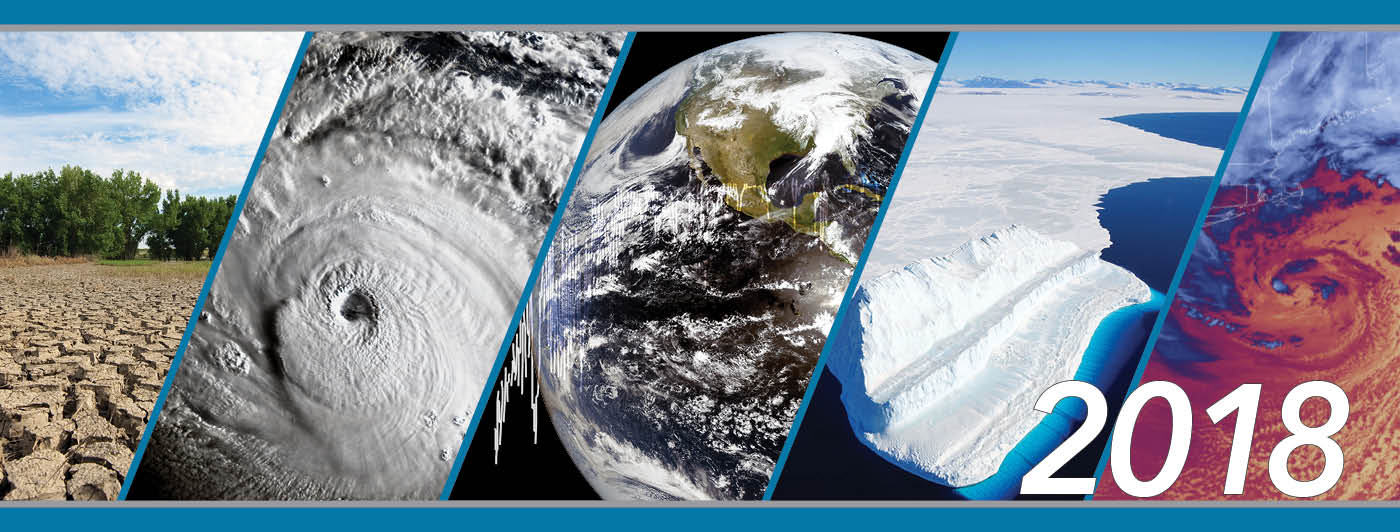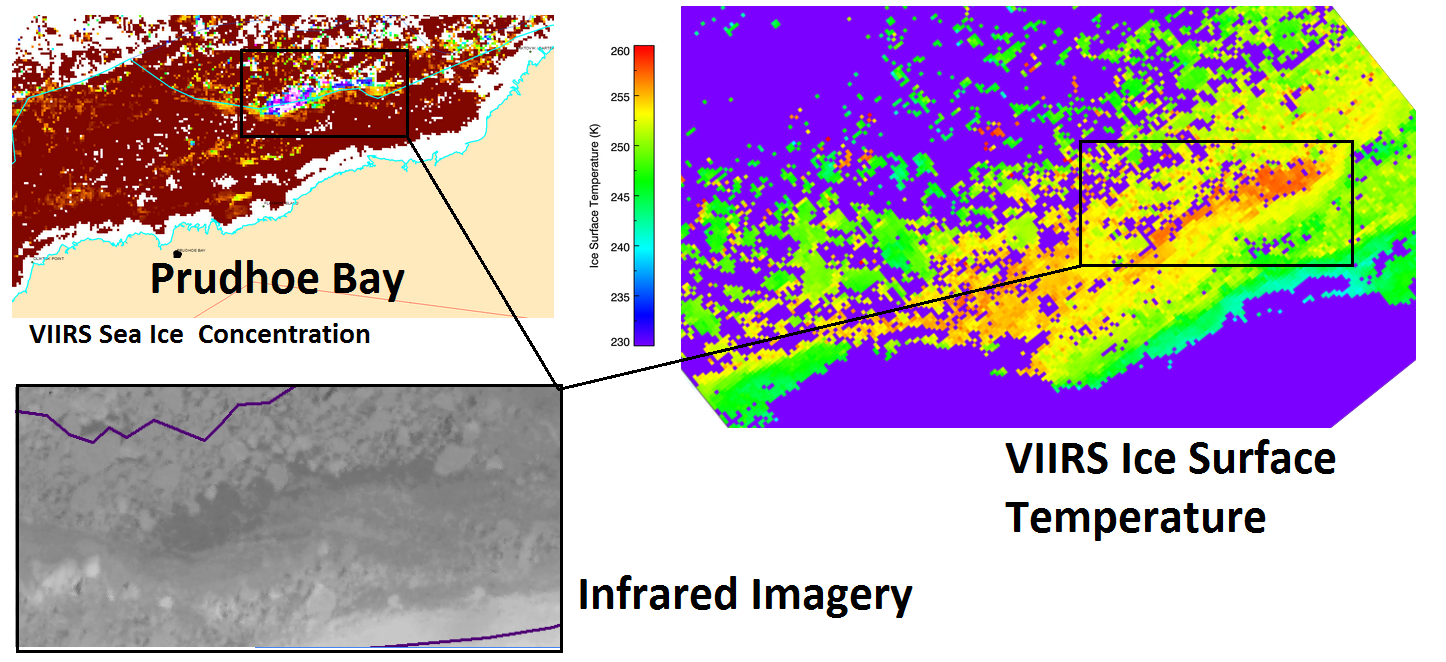
[ Archive ]

 |
CIMSS-NOAA Weekly Report [ Archive ] |
 |
ASPB AND CIMSS WEEKLY HIGHLIGHTS FOR THE WEEK ENDING DECEMBER 28, 2018
IN THE PRESS:
SSEC and CIMSS Scientists in the News: Scientists at the University of Wisconsin-Madison (UW) Space Science and Engineering Center (SSEC) and the Cooperative Institute for Meteorological Satellite Studies (CIMSS) provide expert commentary, interviews, and imagery to news media and participate in events to promote science. In the news this week: 1) SSEC News published its "End of year highlights 2018," a look back at SSEC's top news headlines: https://www.ssec.wisc.edu/news/articles/11494. 2) CIMSS Satellite blog contributor Scott Bachmeier published posts on the "Eruption of Mount Etna in Italy" (Dec. 24) and the "Eruption of the Anak Krakatau volcano in Indonesia" (Dec. 22). Read more at the CIMSS Satellite Blog: http://cimss.ssec.wisc.edu/goes/blog/. (J. Phillips, SSEC, 608-262-8164, S. Bachmeier, CIMSS)
 (Click image to enlarge)
(Click image to enlarge)
Figure: From SSEC News: End of Year Research Highlights: A Look Back at the Top News Headlines. Image credits: Bill Bellon, SSEC/CIMSS, NASA, NOAA.
ITEMS FOR THE ADMINISTRATOR:
ITEMS FOR THE ASSISTANT ADMINISTRATOR:
ITEMS FOR THE OFFICE DIRECTOR, STAR:
Ongoing JPSS Arctic Initiative Freeze-Up Demo: An ongoing demonstration by the Joint Polar Satellite System (JPSS) Arctic Initiative is determining the capabilities of Visible Infrared Imaging Radiometer Suite (VIIRS) and Advanced Microwave Scanning Radiometer 2 (AMSR2) ice products for operational use. This "Freeze-Up Demo" follows the first demonstration completed in May 2018 and plans on familiarizing analysts from the National Weather Service (NWS) Alaska Sea Ice Program (ASIP) and the National Ice Center (NIC) with ice products derived from satellites. Analysts at ASIP have already utilized VIIRS and AMSR2 ice concentration, ice thickness, and ice surface temperature products to verify a thinner-ice feature in the pack ice north of Prudhoe Bay, which was ambiguous in the infrared and Day-Night Band imagery. Recently, an ASIP analyst responded to an American mariner that was avoiding drifting ice floes in the Bering Sea. The combined VIIRS+AMSR2 sea ice motion product, in this case, was helpful in assessing the direction and speed of the drifting ice. (A. Letterly, CIMSS, 608-890-1981)
 (Click image to enlarge)
(Click image to enlarge)
Figure: VIIRS sea ice concentration (top left) showing an area of reduced ice concentration on November 24, 2018. Infrared imagery (bottom left) showed patterns consistent with open water, but VIIRS ice surface temperature (right) confirmed that skin temperatures in the area (approximately 257 K) were well below the freezing point (approximately 273.15 K).
ITEMS FOR THE DIVISION CHIEF, CoRP:
VISITORS:
NEXT WEEK:
LOOKING AHEAD:
| Archived Weeklies Page | Submit a report item |